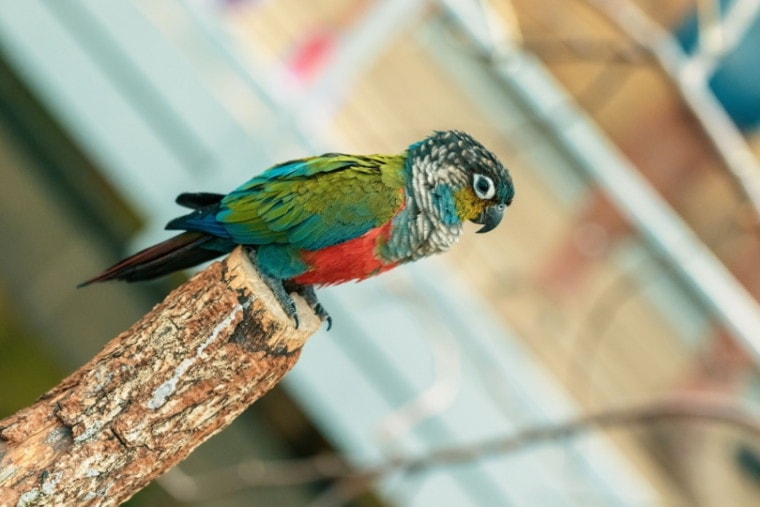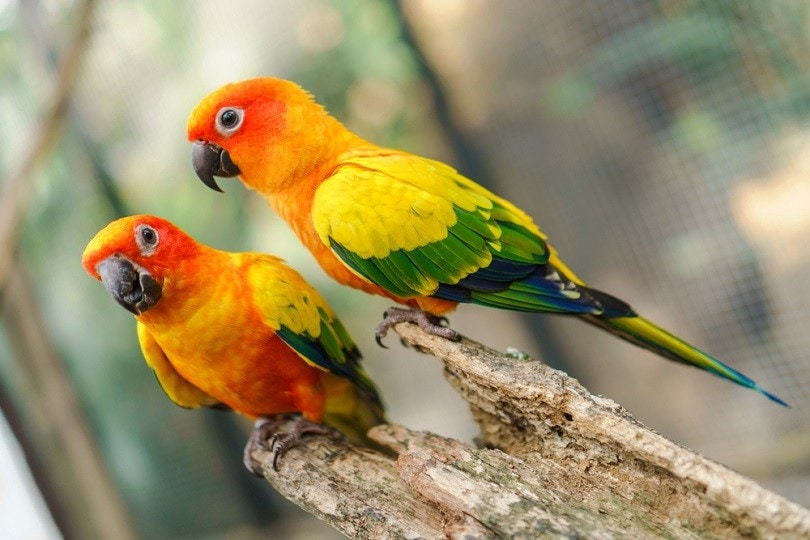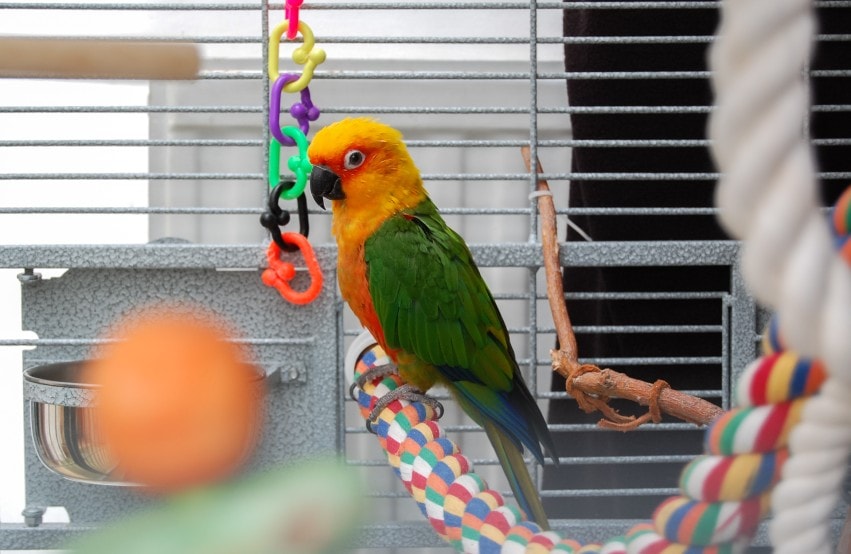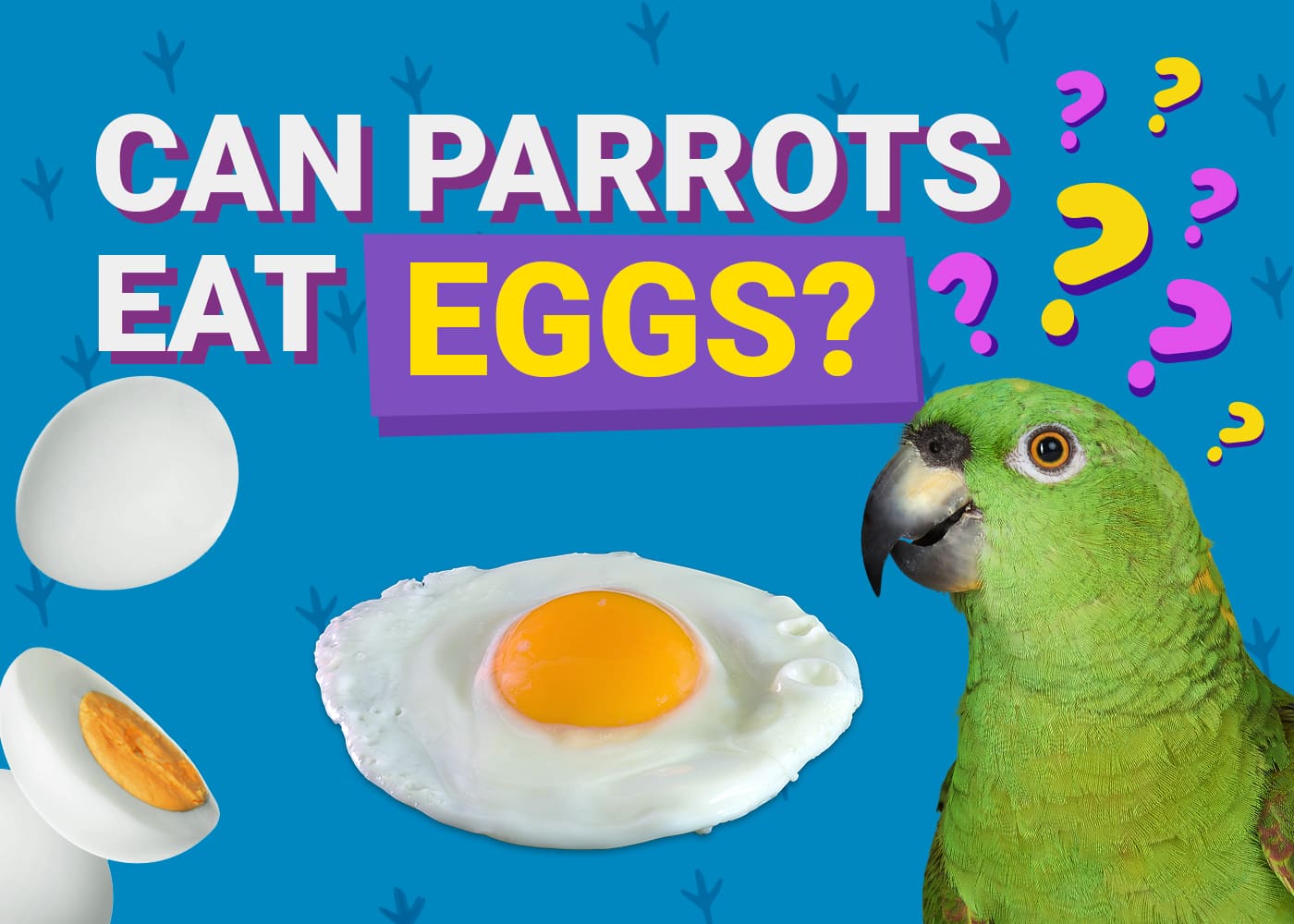
One of the most important ways to prepare is to ensure that you have an appropriately sized enclosure when adopting a new bird. Generally, this is where your bird is going to spend much of their time. They should be free to fly around to some degree and be safe within their enclosure.
For birds like conures, the sizing is just as essential. These birds have brilliantly colored plumage and are active. They also love to chew and are well-known for chewing through their cages if their owner doesn’t choose a proper enclosure.
A Conure’s Personality
Part of choosing the best enclosure for your avian friends comes down to understanding them and their personalities. Conures are curious birds and are quite playful. They have sweet characters and often form close-knit bonds with their caretakers.
Conures can be quite aggressive and should be watched if they live in the same home as other birds. It is best to keep them in their enclosures. They like to learn new tricks and can even be taught how to dance.
Conures are somewhat predisposed to learn how to talk but don’t have many other parrots’ vocal skills. Their smaller size partially influences this, although the volume of their voices would say otherwise. Their screams and screeches can be heard for miles in their natural habitats.
These cuddly birds like to snuggle into and under things. Conures often treasure toys, like bird tents, and they also enjoy small blankets and pillows. Take care that these are small enough to not end up smothering your bird.
These birds mostly take out their curiosity by chewing anything that they can get their beak around.

Requirements for a Conure’s Enclosure
The best rule of thumb to consider when getting a cage for your conure is to get as large of a cage as you can afford and have space for it in your home. The cage needs to be large enough for your bird to spread out both of their wings. You can also find flying cages that will allow your bird to do more than just hop around, although most people don’t have enough space in their homes for that.
Bars and Bar Spacing
The overall size of the cage isn’t the only thing that matters. Pay attention to the bar spacing as well. The bars need to be tight enough that the bird will struggle to chew on them and that they can’t stick their head out.
The typical bar spacing should work for most conure species, which is a spacing of ⅝ of an inch and ¾ of an inch wide. The closer that you can get the bars together, the better. Try to find cages with a spacing of ½ inch or less if you want to be sure that they won’t try to squeeze through and escape.
Nowadays, it is uncommon to find cages that are made with materials that aren’t bird-safe. As their caretaker, though, it is still your responsibility to verify that the cage is safe for your bird. Check with the company or seller, and verify the type of paint or metal that the bars are made with. Conures are almost guaranteed to chew on them incessantly, and if they aren’t safe, they will quickly get sick.
Sizing
Your conure’s cage should be 24 inches wide, 24 inches tall, and 24 inches deep at a minimum. Equipping them with a stand-up cage allows them more levels to explore and to play with exciting toys.
If you have a larger conure, like a Patagonian Conure, then you will need a larger minimum cage dimension, of a square 30 inches by 30 inches to keep them happy.

Curious Conures
Like any other intelligent parrot, Conures will look for ways to escape their enclosure and get out into the wider world. Try to find an enclosure that has entry doors and feeders with exterior locking mechanisms to keep them from escaping.
Beyond finding the right size of cage, be sure to give them plenty of exciting toys. You can get a playtop cage if you want to provide them with more headroom or if they spend time outside of their enclosure. Get them chew toys and snuggly objects, and they will be happy for as long as the toys last.
Related Reads:
Featured Image: Kriztian Kapusi, Shutterstock









